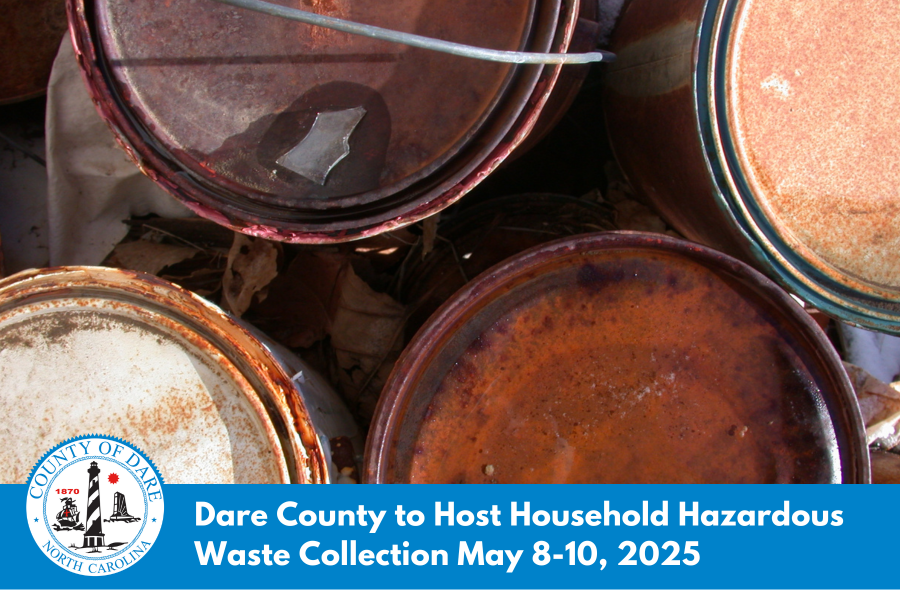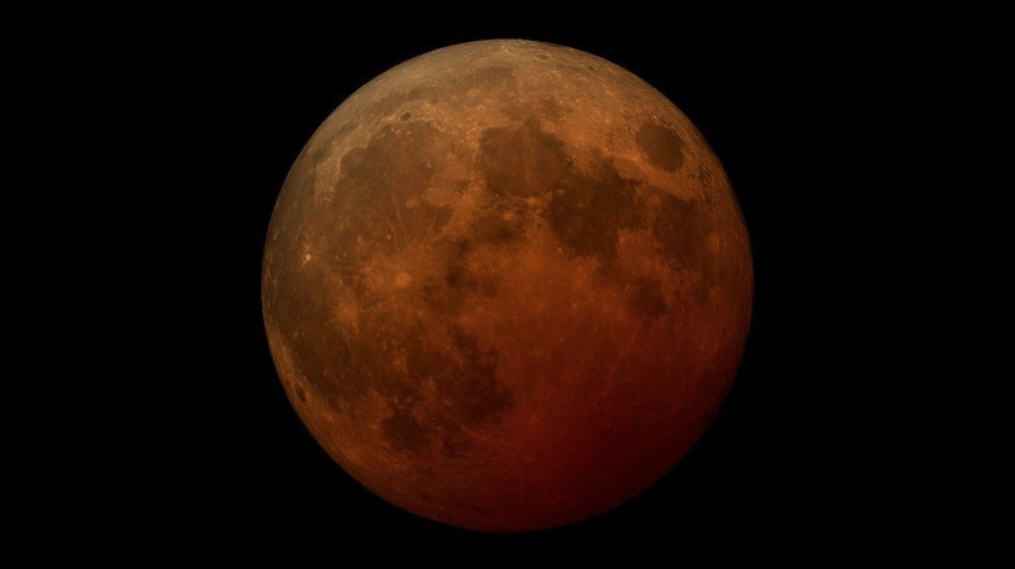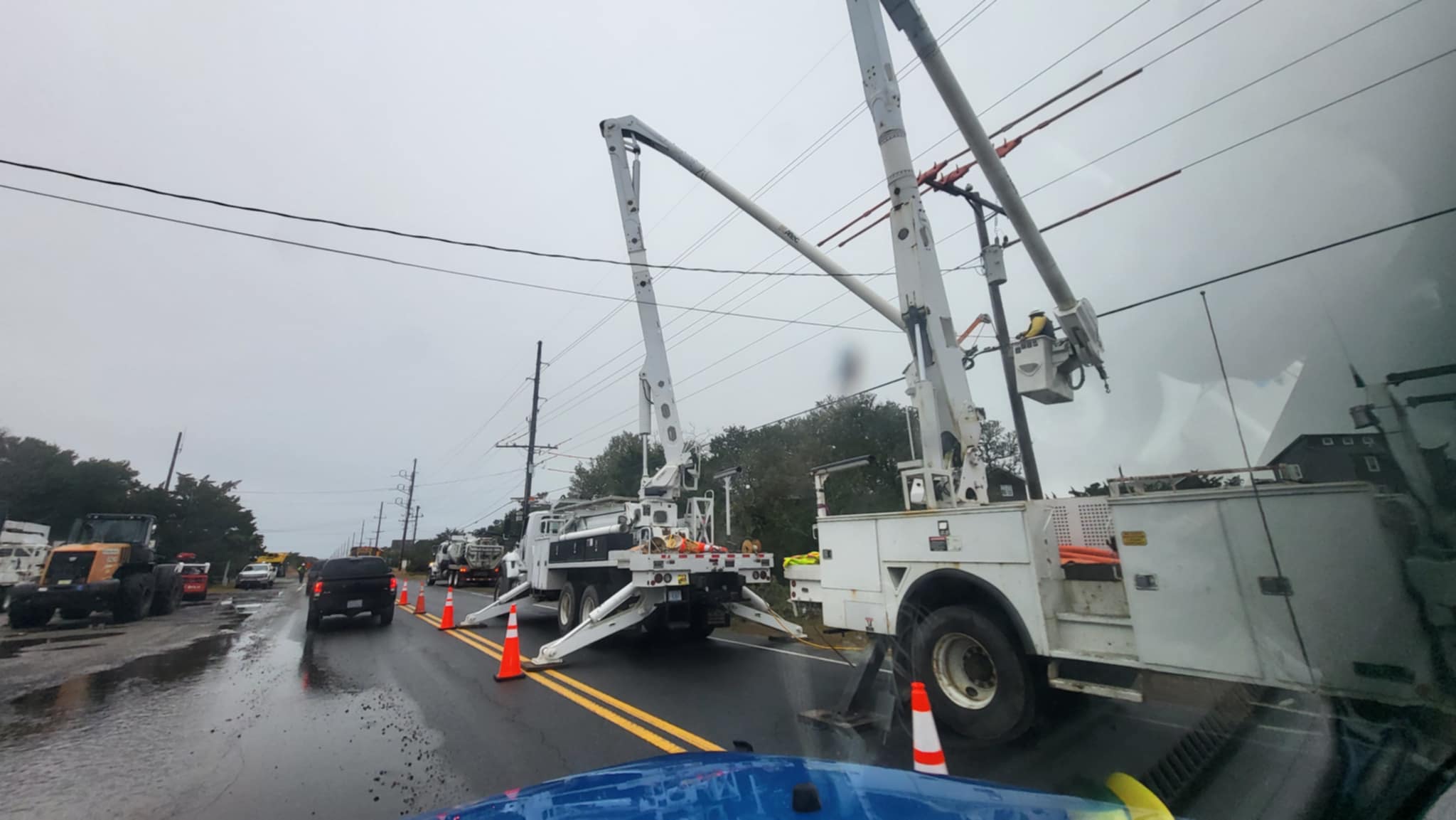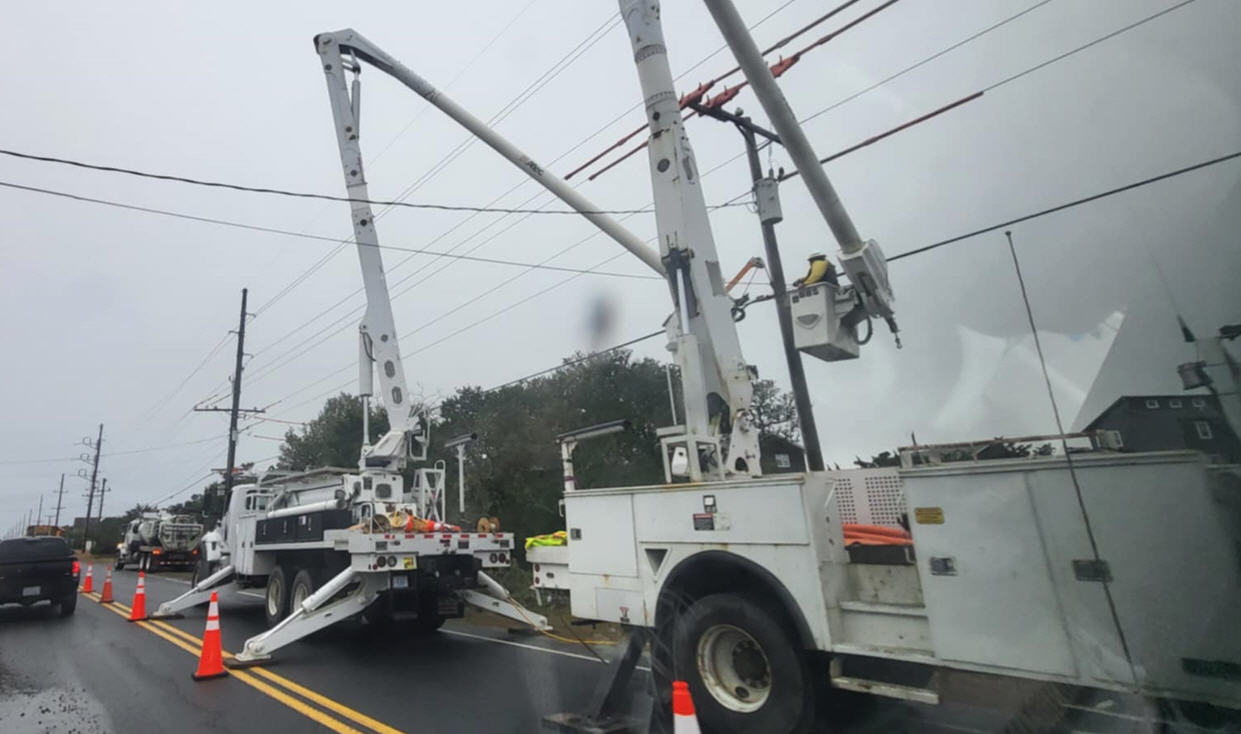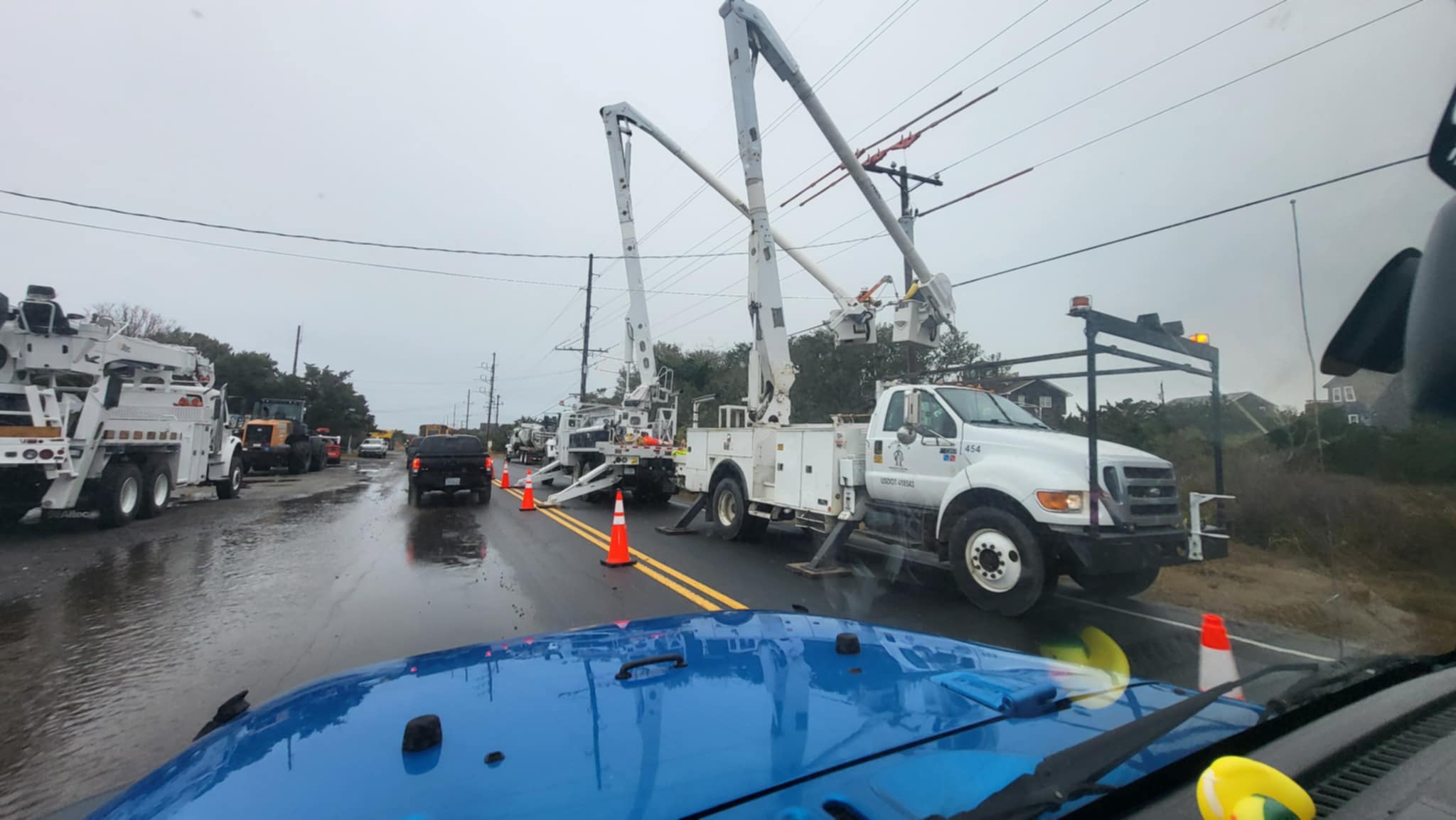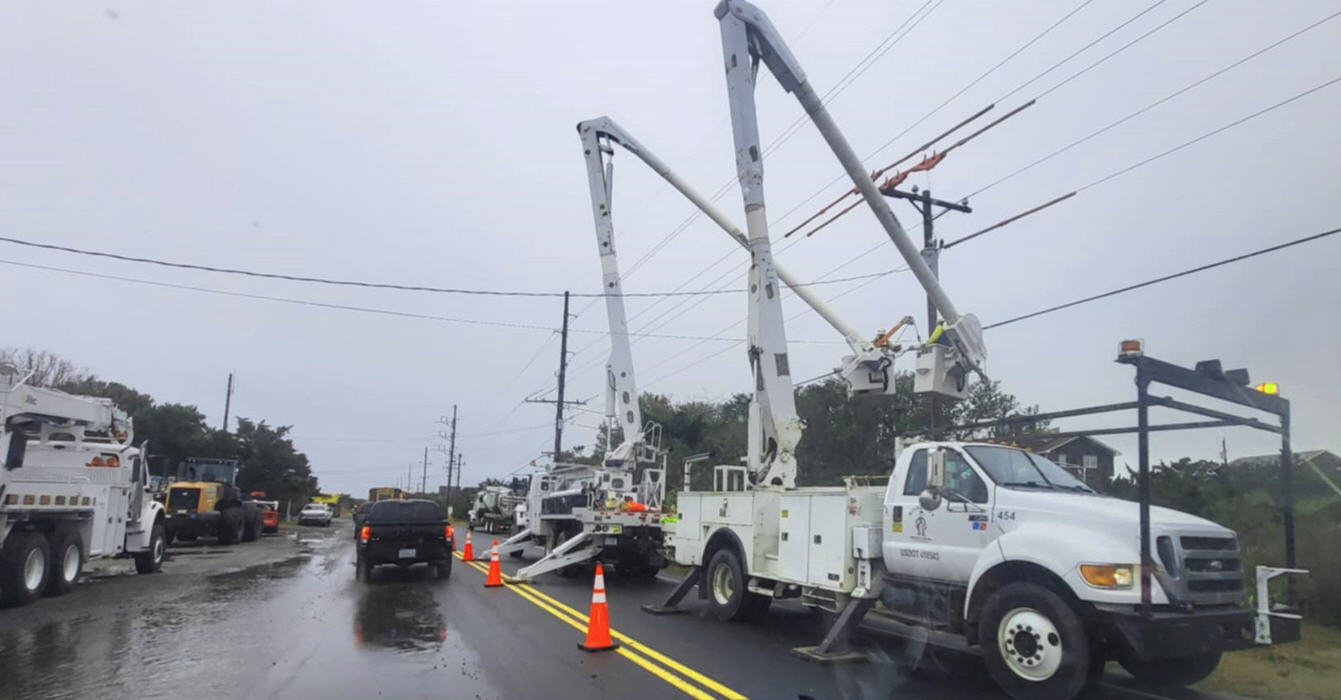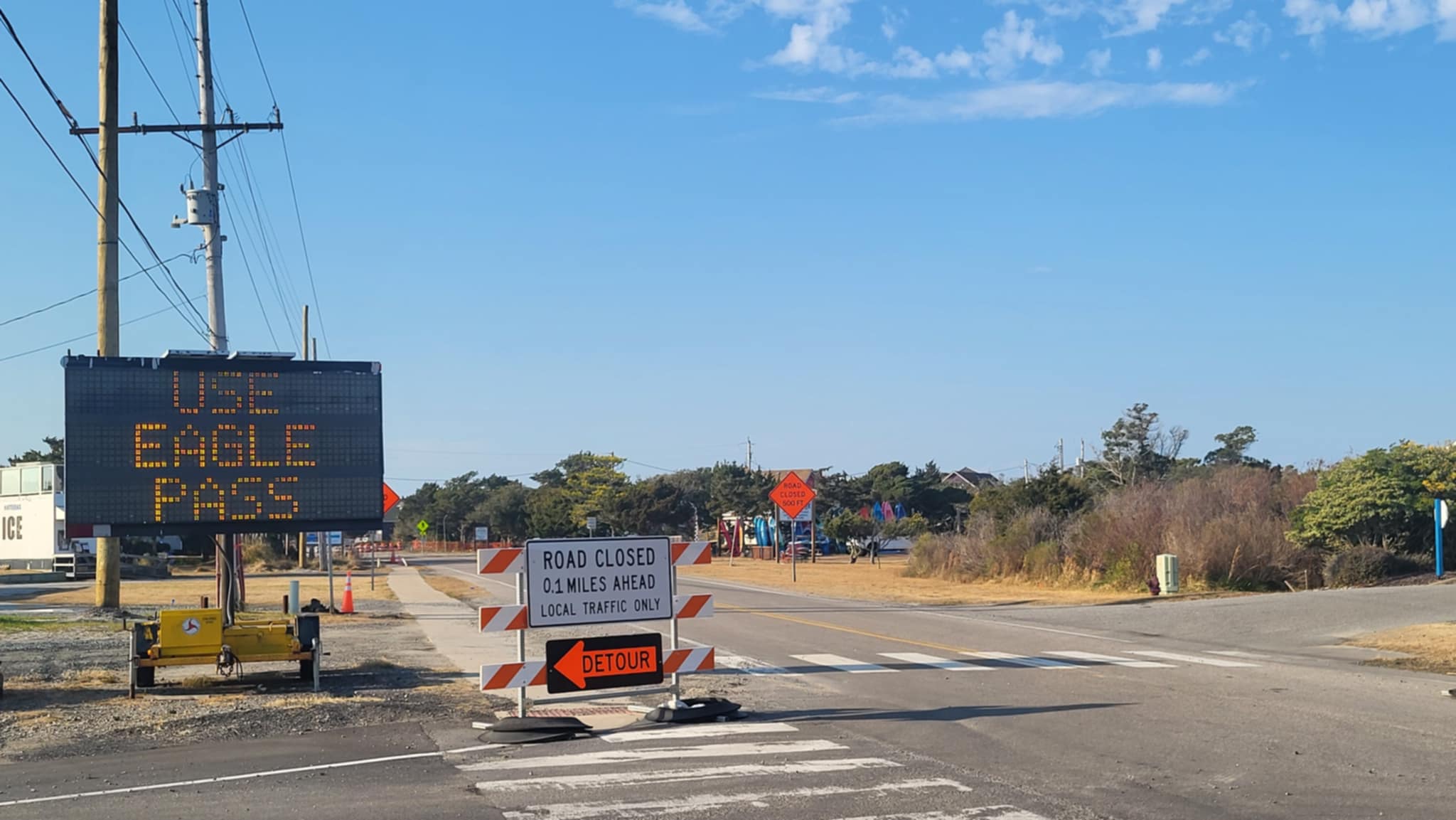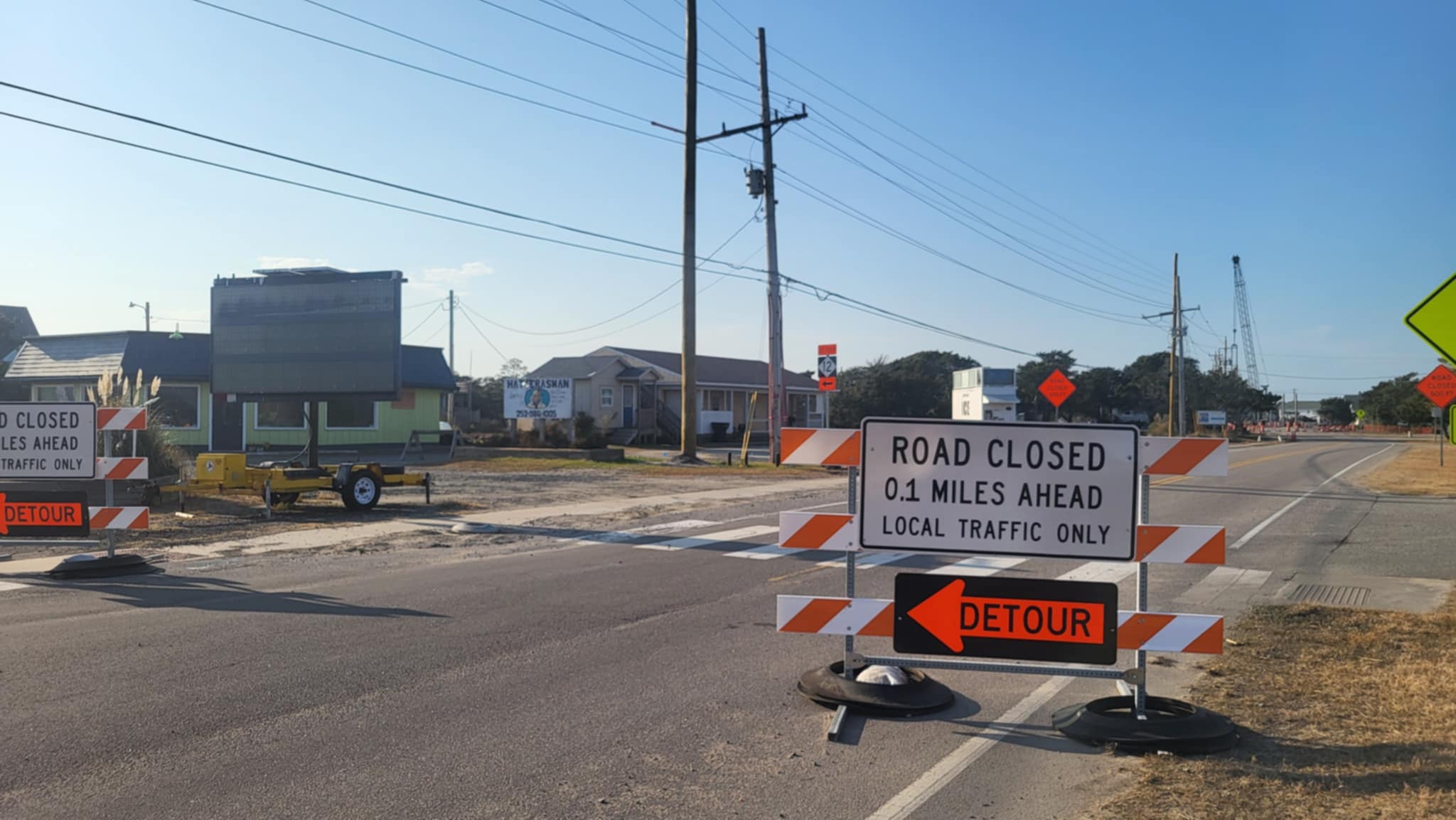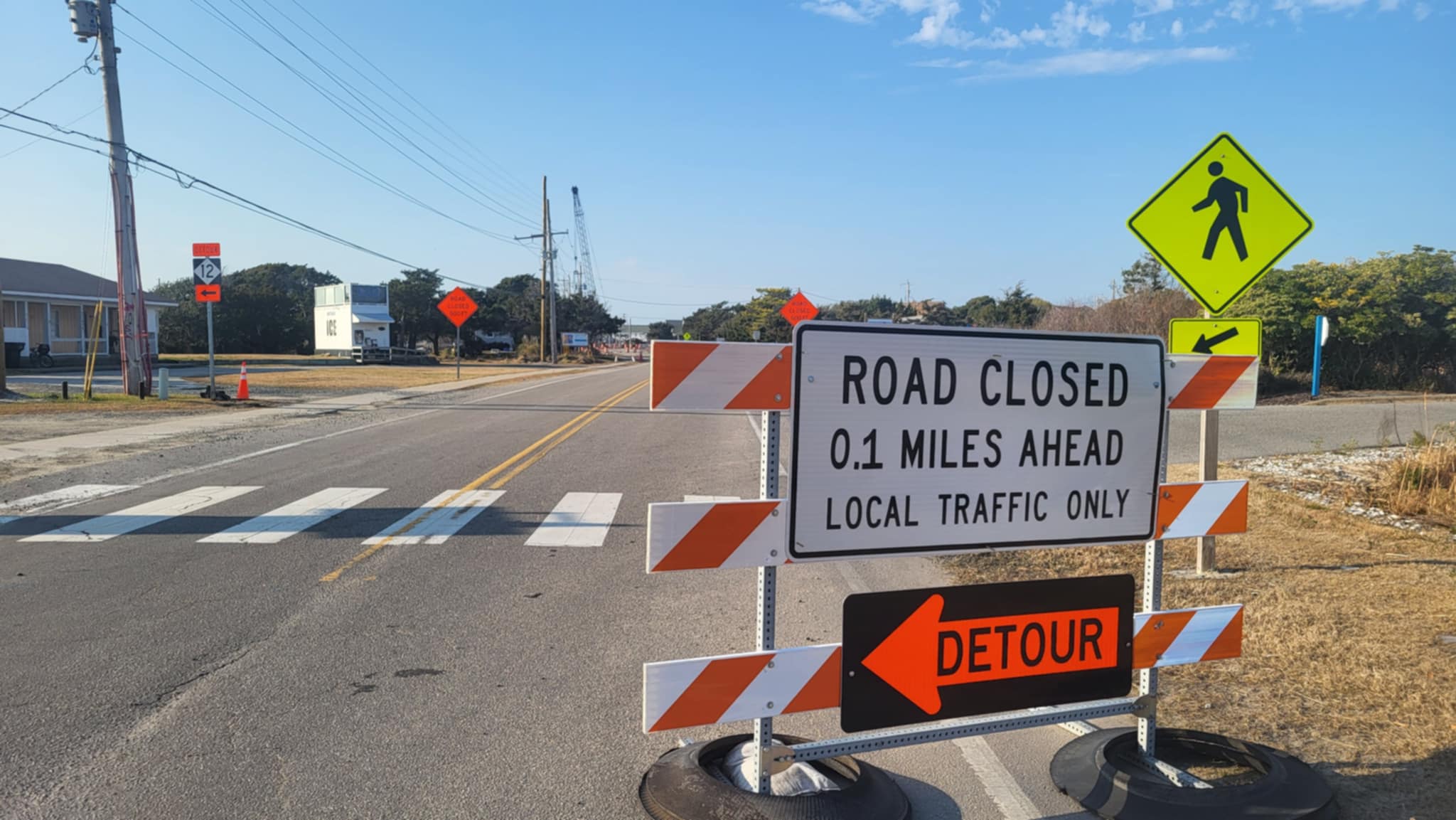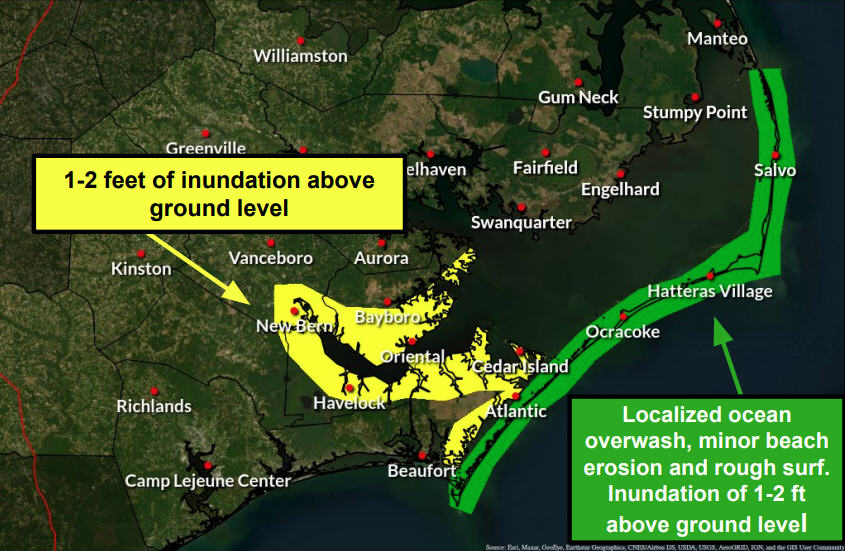Stranded whale in Hatteras Inlet is euthanized
By IRENE NOLAN
By IRENE NOLAN
A 32-foot juvenile humpback whale that stranded itself on a shoal in Hatteras Inlet on Saturday morning was euthanized about 2 p.m. this afternoon.
Michelle Bogardus, a biologist with the National Park Service, said the whale, an endangered species, was euthanized by Dr. Craig Harms from the North Carolina State University Veterinary School. She said Harms handles all live marine mammal strandings in the area for the National Oceanic and Atmospheric Administration.
“It was a pretty straightforward euthanasia case,” Bogardus said.
The animal was very thin, bordering on emaciated, and had serious injuries in the area of its fluke. Bogardus said the injuries could have been caused by entanglement, but that there was no fishing gear on the whale.
The whale was first reported stranded yesterday about mid-morning. A number of groups responded under the direction of NOAA, the agency that handles all marine mammal strandings. The Virginia Aquarium Stranding Response Team is taking a lead role and is being assisted by responders from the N.C. State Veterinary School, University of North Carolina at Wilmington, volunteers from a New York stranding team who handled the case of a live humpback that came ashore last month on Long Island, the North Carolina Wildlife Resources Commission, the U.S. Coast Guard, and others.
Bogardus said the Cape Hatteras National Seashore has one of the highest densities of marine mammal strandings in the country because of the way the cape juts out into the ocean and the unique ecosystem in which warm and cold water currents come together.
She said the seashore averages about one stranding per month of such species as harbor porpoises and bottlenose dolphins.
However, she said, “It’s very unusual to have a large live whale stranding.”
Yesterday, the responders waited to see if there was any chance that the whale would take off and swim away at last night’s high tide.
That did not happen last night, nor did it happen on this morning’s high tide.
“It went down well, which was a blessing,” said Bogardus. “For that we are very grateful.”
Bogardus said that 99 percent of marine mammals strand themselves for a reason.
“It’s a last ditch effort at trying to breathe,” she said.
Euthanizing these animals, she said, “is not something we take lightly.”
However, the alternative is letting the animal, which has used up all of its energy to beach itself, just drown, which is inhumane.
And, she added, that mammals can be injured more severely by “good samaritans” who try to push them back into the water, which in the case of a big humpback whale isn’t even an option.
“People who want to push the animal back out,” she said, “sometimes cause additional problems with an animal we could have rehabbed.”
The next step with the humpback whale in the inlet will be to find a good spot to do a complete necropsy, which Bogardus said takes about eight hours and will probably happen tomorrow.
The area must be large enough to accommodate the many responders who will take part and be an area to which the whale can be safely towed, which may rule out the ocean beach.
At that point, the biologists involved will determine the sex of the animal, estimate its weight, examine its injuries, and take tissue samples for testing, which can take months.
Meanwhile, if you come across a stranded mammal on the seashore beaches, you can call Bogardus on her cell phone at 252-216-6892.
Subject
Name
(required, will not be published)
(required, will not be published)
City :
State :
Your Comments:
May be posted on the Letters to the Editor page at the discretion of the editor.
May be posted on the Letters to the Editor page at the discretion of the editor.
May be posted on the Letters to the Editor page at the discretion of the editor.
May be posted on the Letters to the Editor page at the discretion of the editor.







